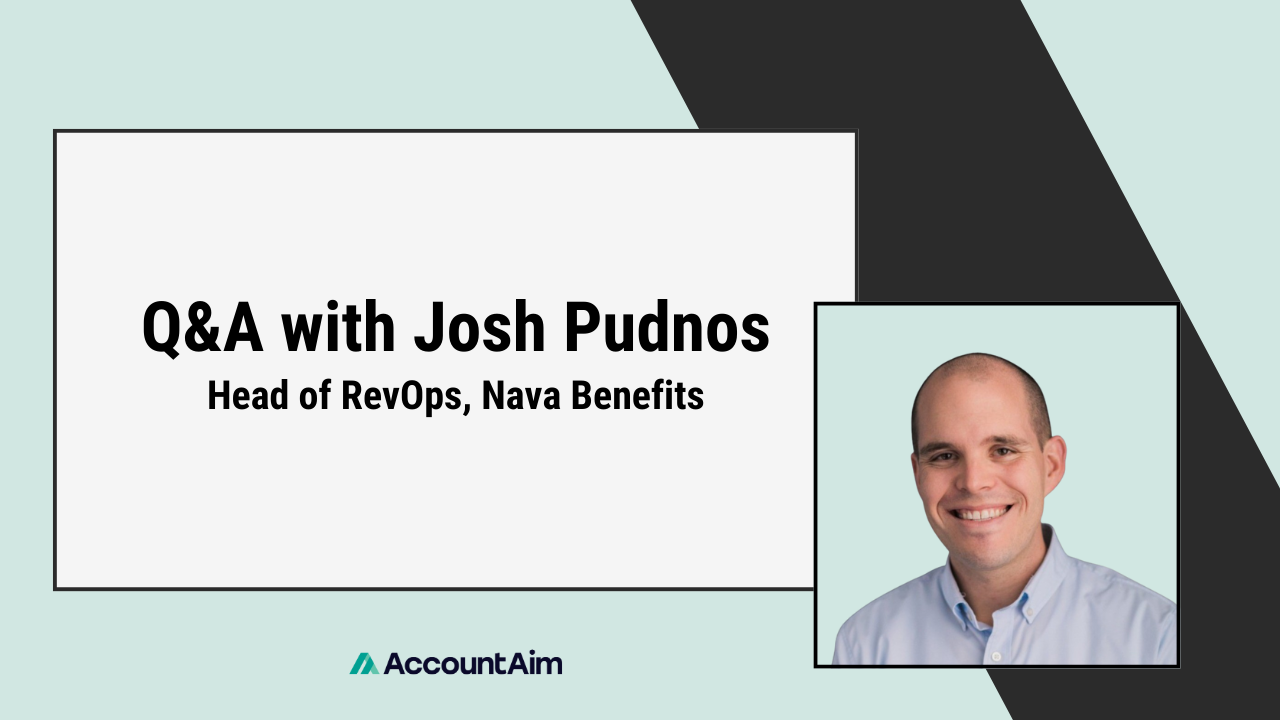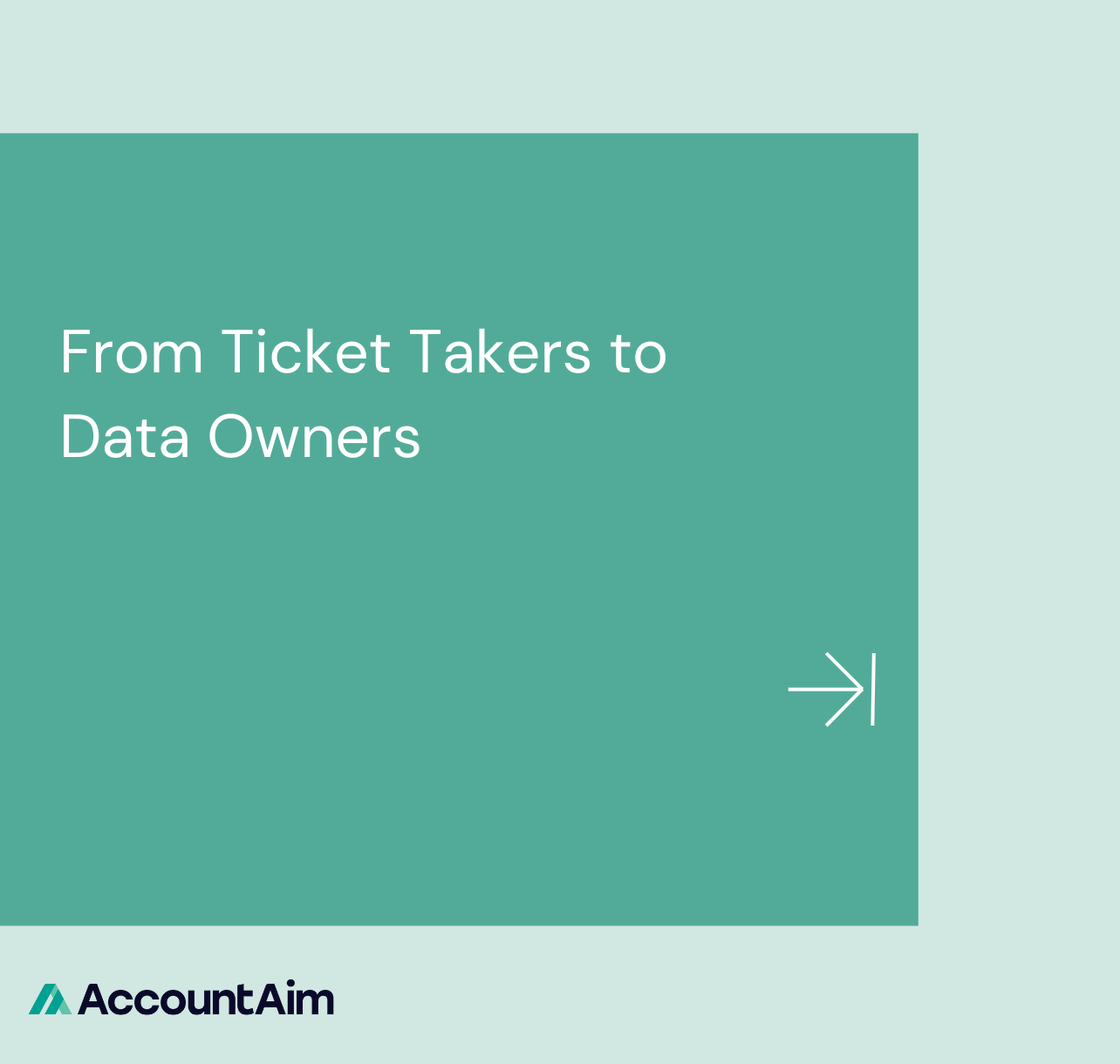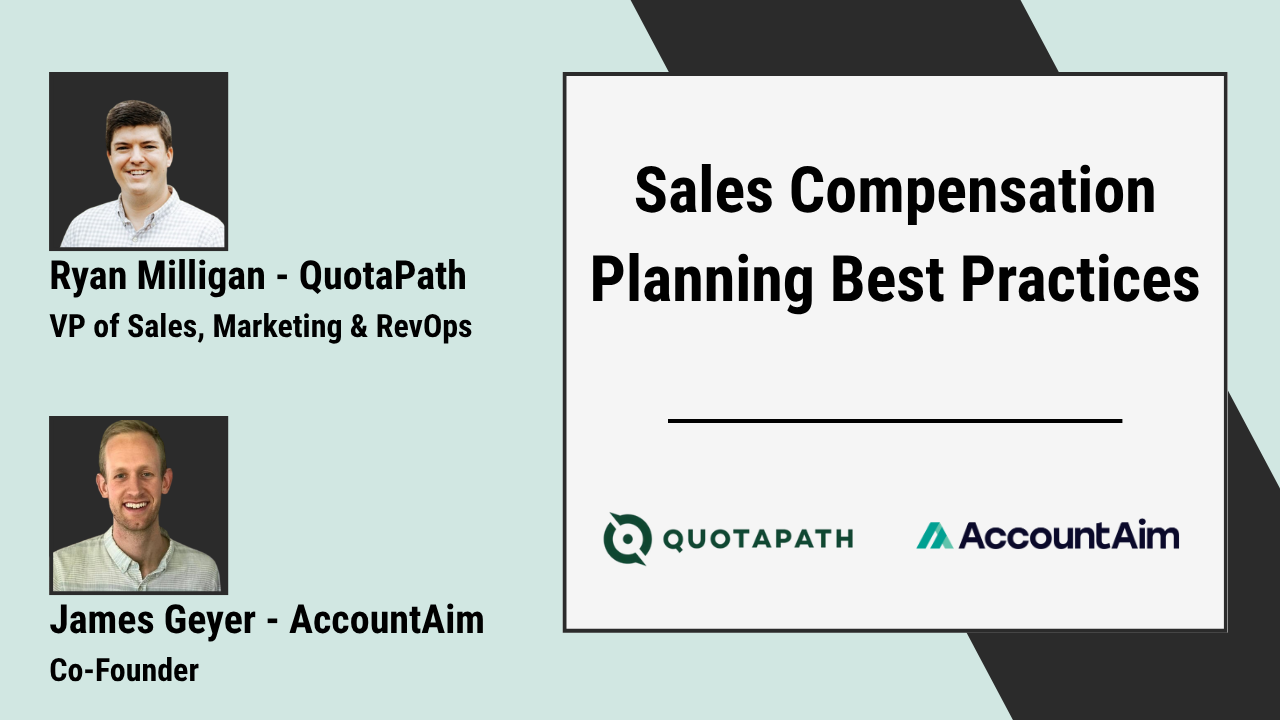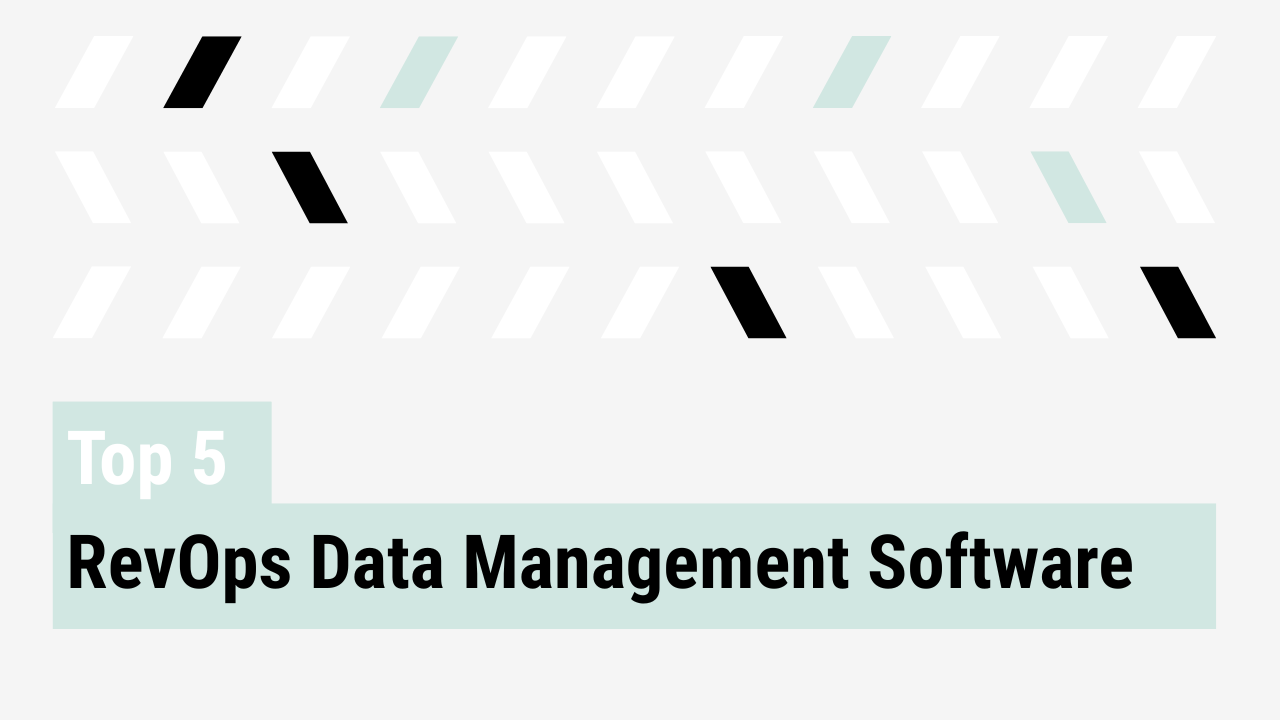Josh Pudnos didn’t follow the typical path into Revenue Operations. He began in lobbying and policy, later moving into tech and eventually leading RevOps at Falcon.io, Exiger, and now Nava Benefits. Across each role, he’s helped organizations navigate scale, M&A, and exits, earning a reputation for strategic thinking, operational rigor, and a clear grasp of what it takes to grow and lead in fast-changing environments.
In this Q&A, Josh shares practical guidance for anyone looking to step into VP-level roles, build a standout brand, and lead through moments that define company outcomes, whether you’re scaling fast or preparing for a sale.
What does it take to successfully make the leap from RevOps Director to VP?
To make the leap, you need to go beyond delivering tasks and start identifying and driving the agenda yourself. Start forming a perspective on what’s working, what’s broken, and what the business needs to prioritize. This level of ownership, having a clear stance and knowing how to get buy-in, is what senior leadership looks for in a VP.
“You need to have a platform, develop a perspective, and drive forward the agenda together with your stakeholders… That’s sort of the differentiation between somebody who’s maybe at more of a director level and going to a VP level.”
The C-suite is looking for someone who can shape direction. If you’re able to anticipate what they need and show up with solutions before they ask, you’ll be seen as a peer.
How can RevOps professionals develop a personal brand that resonates with hiring managers?
Your brand is built on what you’ve been through and how you frame it. Maybe you’ve led through a merger, scaled a team from scratch, or turned around a broken forecast process. You want to identify those defining moments and turn them into a narrative that aligns with where a company is headed.
“Determine what it is that sets you apart from the other candidates… It’s not going to resonate with every company, but there are several that have that vision for themselves going forward. And if you pair that well, it’s going to resonate really well.”
When you present yourself as the person who’s already solved the problems a company is about to face, that’s when you move out of the pile and into the shortlist. That’s what gets you recognized by leadership as someone who can lead transformation.
What should candidates look for to assess if a RevOps leadership role is truly a good fit?
Be sure to assess the environment. Ask how decisions are made, what role RevOps plays in go-to-market conversations, and whether leadership sees the function as strategic or tactical. These are the signals that tell you whether you’ll have room to lead or be stuck fighting uphill battles.
You also want to understand team dynamics. Ask, “What’s your relationship with the CRO or CMO?” or “What made your last RevOps leader successful?” Treat the interview like a discovery call , because if you don’t do this up front, you may end up inheriting problems that block your ability to deliver.
How can RevOps leaders balance strategic impact with technical execution in lean environments?
In lean teams, you don’t always have the luxury of staying out of the weeds. You might be setting strategy one day and debugging CRM logic the next. To stay effective, focus your energy where it creates leverage, and make sure you’re always connected to the people closest to the pain.
Spend time with reps. Ask questions like, “Where are you losing time?” or “What’s creating drag in your day-to-day?” Those conversations help you prioritize fixes that unlock performance, not just fix noise.
This approach shows the executive team that you’re strategically prioritizing where to spend time, based on business impact. That kind of thinking gets noticed.
What role does RevOps play in exit readiness and due diligence during an acquisition?
When the business is preparing for an exit, RevOps becomes the nerve center for due diligence. You’ll be asked to slice the same data ten different ways, justify forecasts, and prove consistency across metrics. If you don’t have snapshots or version control on your pipeline and revenue data, it gets messy fast.
“You want to snapshot your CRM data… because what that allows you to do is show the progression from day to day or week to week or month to month in a way that you probably can’t do with your out-of-the-box Salesforce reporting.”
Start capturing that data now. Don’t wait for a banker to ask for it. When you can show the business’s progression and performance clearly, you become indispensable to both the process and the leadership team. That’s how you earn trust at the highest levels.
What are the biggest challenges and opportunities when managing RevOps post-merger?
Post-merger, you’re often handed two companies with different systems, processes, and cultures. Yet, you’re expected to make them one. The opportunity is in finding ways to unlock joint value fast: cross-sells, bundled deals, or reactivating deals with the new combined capabilities.
But don’t let technical debates or decision paralysis stall you. Whether it’s consolidating CRMs or aligning reporting, a good-enough decision is better than months of back and forth.
Go Deeper
If you enjoyed this Q&A, check out the full conversation with Josh Pudnos at YouTube or Spotify.
About AccountAim
AccountAim is the planning and analytics platform built for Strategic RevOps teams. With AccountAim, RevOps teams connect all of their fragmented GTM data, automatically snapshot and see trended changes over time, and build full-funnel reporting — all without SQL or data team support. Learn how Strategic RevOps teams use AccountAim to streamline forecasting, territories, cross-sells and more here.



